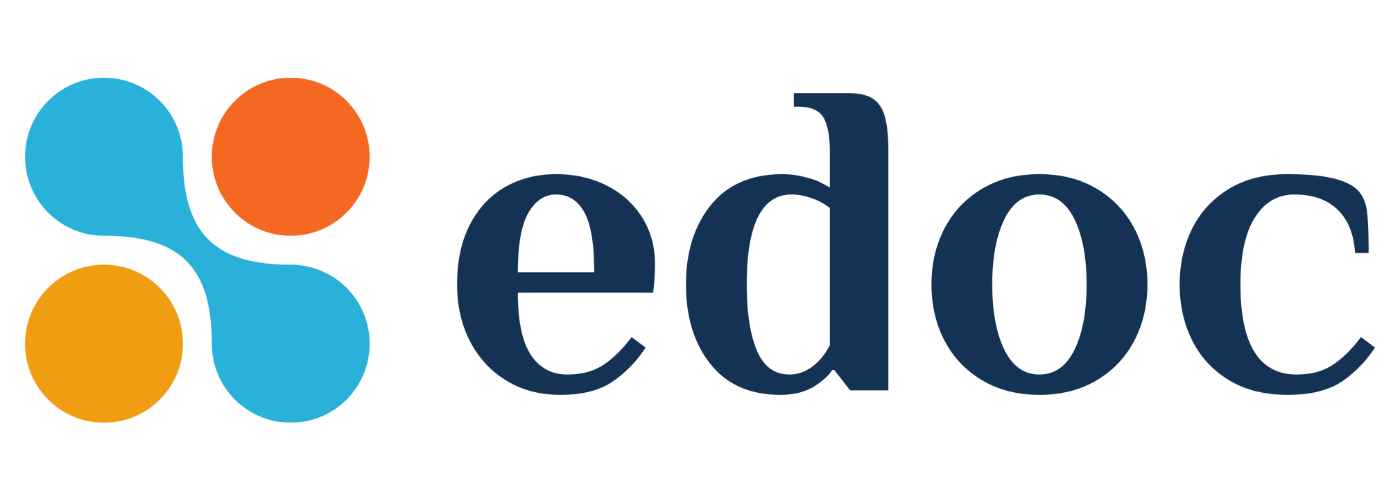Leaders, It’s Time for (More) Vulnerability
This year’s Small Giants Summit, held in Detroit, Michigan, included two full days of learning and relationship-building with like-minded, purpose-driven business leaders from around the globe.
There’s simply no way that one blog post could cover all the topics and insights we uncovered alongside one another: from Kirsten Ussery of Detroit Vegan Soul, to Jonathan Raymond, Author of Good Authority and CEO at Refound, to James Goebel of Menlo Innovations, to David Dussault of P1 Industries—there was so much insight-packed content for the kind of entrepreneur who puts purpose before profit. (And that doesn’t even include the Day of Mojo which included an eye-opening trip around the city thanks to The Detroit Experience Factory.)
Choosing to Grow With Purpose
The theme of this year’s Summit was reinvention: after all, we were in the Motor City, a city that is truly in the midst of transforming itself. “It’s necessary for us to do more than just adapt to what’s around us. Sometimes we actually have to reinvent ourselves,” said Carla Walker-Miller, perfectly stated as we kicked off this year’s Summit.
What became clear to me and others during the Summit was just that, and also that we are all in the middle of some kind of “reinvention” ourselves. If we aren’t evolving ourselves, evolving our business, and evolving our communities, then we can’t say we are truly advancing ourselves or our business.
#SGCSummit2017
The Summit, which was held in the exquisite Garden Theatre, included a combination of TED-style talks, panels, and interactive sessions—all of which left me energized about being more intentional about how we design our culture and how we consciously grow ourselves and companies with purpose.
Here is what stood out to me most.
It’s Time to Get (More) Vulnerable
A topic that resonated with many: one of the clearest ways we can grow as leaders is through vulnerability.
During Corey Blake’s talk, “Vulnerability is Sexy,” he focused in on an idea we all fundamentally know: that business is built on relationships. Despite all of us having heard that mantra, Blake helped us reflect about our ability to show our fears, concerns, and weaknesses.
What are we doing each day to get vulnerable with those we lead? What are we doing each day to truly be more connected with our people—and people throughout our lives?
There’s a process or “norm” that we use in life to invite people to get to know us. Turning this typical process of getting to know someone on its head, Blake showed us that getting vulnerable and showing our weaknesses is actually a sign of strength.
As a group we took time to be vulnerable with a partner, but Blake also shared advice on how to get started being more vulnerable at work.
To start, look to work your “vulnerability muscle” with someone you feel safe with. “Go first to someone who is awesomely safe and practice there,” said Blake. “Where you find reward in that [is when it is] overwhelmingly positive [and] that confidence builds a little bit, and then it’s like muscle,” he said.
“There are two ways you can work out that muscle. You can either do more reps so you can share [heavier] weight with the same kind of person who’s relatively safe, or you can ease into someone who’s a bit less safe.”
The more you show vulnerability, the more trust you engender as a leader.
“If you continually repeat that process, eventually you have a bunch of ambassadors around you, to protect you if anyone has a negative response to what you’re sharing—which is an incredible gift to have,” said Blake.
Blake said the process of being vulnerable across your relationships is a gift to the other person to get to know you on a deeper level. “When you share, it’s a gift to the other person. It’s not coming from an agenda. It’s a sincere invitation.”
His other key points for the group included:
Be more intentional about getting vulnerable at work—after all, it helps us to build trust
Consider and understand where you “default” to on your vulnerability ladder
Embrace how vulnerability can be used as a business development (or relationship-building) strategy
Check back in for part two for more insights from the Summit.
